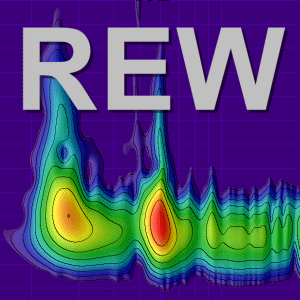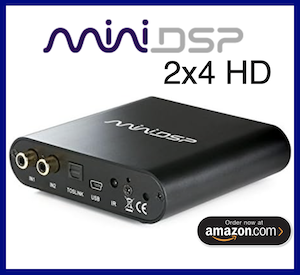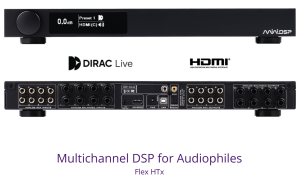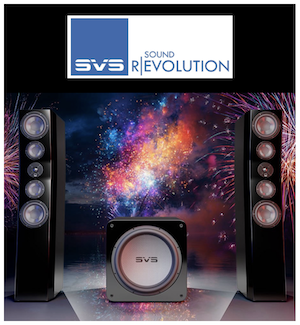luizffgarcia
Registered
Thread Starter
- Joined
- Jul 27, 2022
- Posts
- 17
Hey guys, i am looking for a tutorial on how to properly align my headphone measurements using a EARS device against a harman target as my house curve.
When i click the EQ button i can see my target and my headphone measurement, but i think i am missing some sort of conversion/compensation because they don't match even when i use an EQ preset which i know for a fact should put a specific pair exactly on the harman target.

The image above is an example of what i am talking about, oratory has a red and an orange line, one is raw and the other compensated, you can see that he can compare the orange one against harman but not the red one, i feel like i am comparing the red one when i try to do the same thing with REW.
I appreciate any advice.
When i click the EQ button i can see my target and my headphone measurement, but i think i am missing some sort of conversion/compensation because they don't match even when i use an EQ preset which i know for a fact should put a specific pair exactly on the harman target.
The image above is an example of what i am talking about, oratory has a red and an orange line, one is raw and the other compensated, you can see that he can compare the orange one against harman but not the red one, i feel like i am comparing the red one when i try to do the same thing with REW.
I appreciate any advice.














